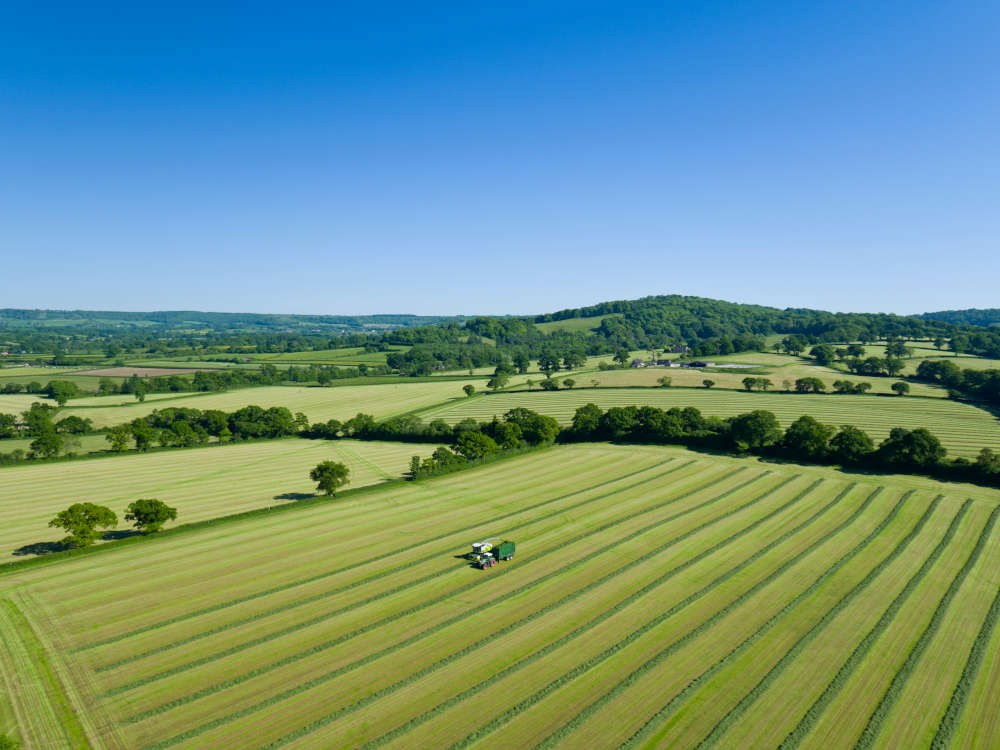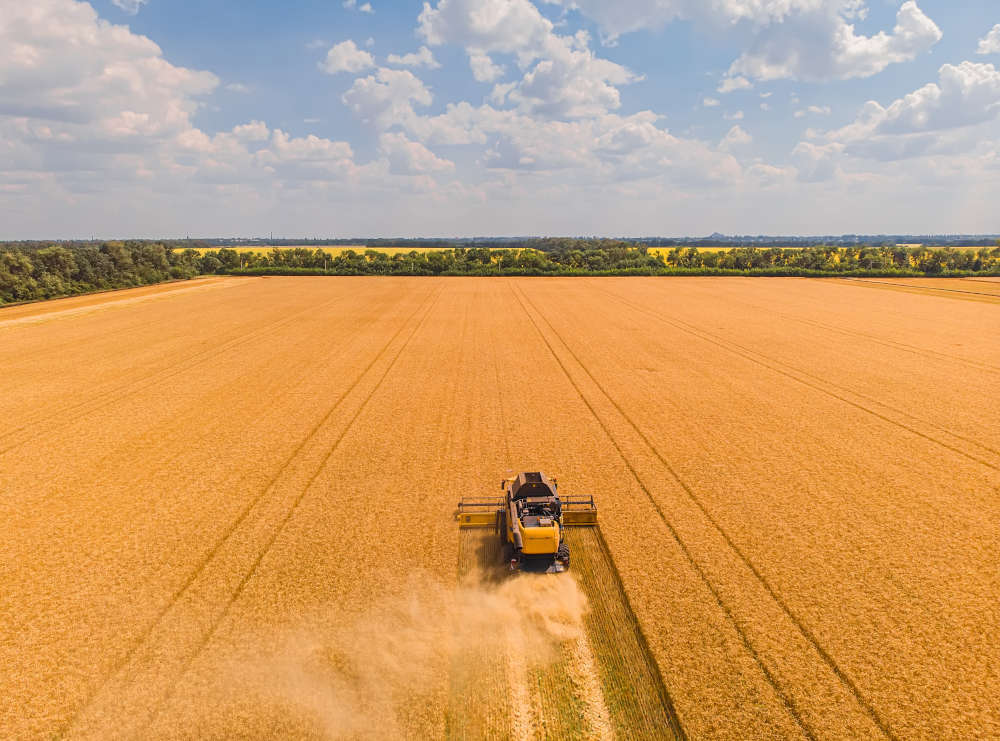
Sustainable Farming Incentive (SFI)
Utilising the Sustainable Farming Incentive scheme
As the Basic Payment Scheme (BPS) continues to be phased out, it is more important than ever for farmers to actively seek alternative sources of funding available through Defra.
The Sustainable Farming Incentive (SFI) has been a key source of agricultural funding in England since it launched in 2022 and has proved an attractive prospect for farmers.
Until Defra closed the scheme to new applicants on 11 March 2025, it was a logical choice for farm businesses given its flexibility and regular payments.
The list of options, frequently expanded to include additional actions, had been a good fit for most farm management practices.
Key SFI facts
• 102 actions
• Quarterly payments
• ‘Farmable’ actions to support food production
• Individual farms given flexibility to select options that best fit with their farming model
• All-year-round application window

The SFI has offered a more flexible approach than previous schemes.
For farm businesses with agreements, or those still awaiting the outcome of their applications, the system of quarterly payments is attractive for cashflow.
Options have been tailored to protect food quality and security, soil health, and included some of those that were available under Countryside Stewardship (CS).
The industry hopes that the government will release an updated SFI scheme in summer 2026, as proposed.
Meanwhile, the CS Higher Tier programme and capital grant applications are due to reopen in summer 2025.

Who can apply to Sustainable Farming Incentive?
The expanded SFI offer was available to all farm businesses and smallholdings, including new entrants.
How is the farm’s BPS payment affected?
SFI was run as a separate scheme and payments were in addition to the delinked BPS. Read more on delinked payments
Does SFI impact existing agreements?
It has previously been possible to ‘stack’ existing agreements with the expanded SFI offer, something that the team of expert consultants at Brown&Co successfully assisted over 1000 clients with.
By levering all the schemes to their full potential, environmental returns per acre could be maximised, enhancing the value to applicants.
Now new applications to SFI have closed, can I make any changes to my existing scheme?
On the annual anniversary of your SFI agreement, you are able to increase or decrease areas of rotational actions, subject to certain restrictions.
How many options could I choose?
The previous scheme had no limit on the total number of actions a farmer could choose from. It is unclear what conditions will be attached to the new scheme if it is rolled out in 2026.
Before it closed the SFI to new applicants, the Government had introduced a 25% cap on 10 high-value actions:
- CIPM2: Flower-rich grass margins, blocks, or in-field strips
- CAHL1: Pollen and nectar flower mix
- CAHL2: Winter bird food on arable and horticultural land
- CAHL3: Grassy field corners or blocks
- CIGL1: Take improved grassland field corners or blocks out of management
- CIGL2: Winter bird food on improved grassland
- WBD3: In-field grass strips
- AHW1: Bumblebird mix
- AHW9: Unharvested cereal headland
- AHW11: Cultivated areas for arable plants
To find out more about future support schemes and how Brown&Co can maximise the value to your business, contact your local Brown&Co office to arrange a meeting.
Please complete your details below to start the sign-up process:
Find your local office

Choose your office
 Brown&Co
Brown&Co